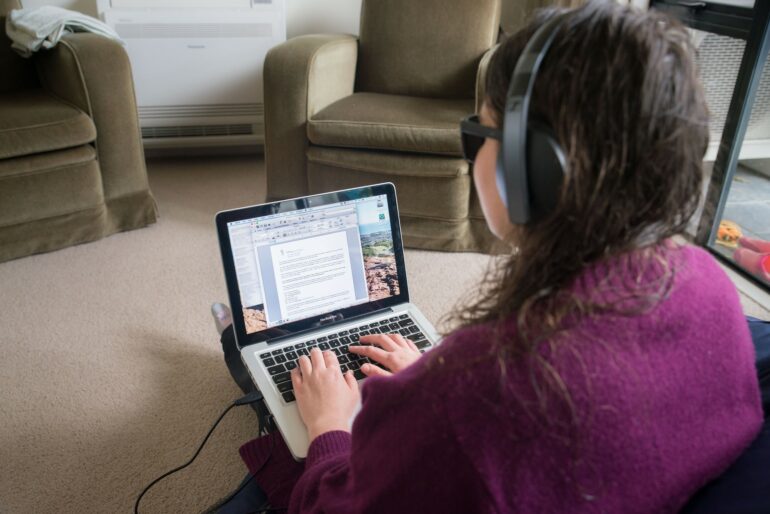Imagine that you have low vision and you’re completing an online job application using screen reader software.
You get through half the form and then come to a question with drop-down options the screen reader cannot access because the online form doesn’t conform to accessibility standards. You’re stuck. You can’t submit the application, and your time has been wasted.
Assistive technologies like screen readers go a long way toward closing the gap between people who are blind or have low vision and their sighted peers. But the technologies often hit roadblocks because the information they are designed to work with – documents, websites and software programs – don’t work with them, leaving the information inaccessible.
There are 8 million people with blindness or low vision in the U.S. More than 4.23 million of them are working age, but only about half of that working-age population are employed. Employment rates for people with blindness or low vision have historically been much lower than for the general population.
An overwhelming majority of jobs across all industries require digital skills. Assistive technologies such as screen readers, screen magnifiers and braille notetakers provide people who are blind or have low vision a chance to succeed in school and the workplace.
Assistive technology has improved, and new technology for people with blindness or low vision is being developed all the time. The technology developed today by big tech companies for the general population often incorporates built-in accessibility features like VoiceOver in the iPhone and Narrator in Windows, both text-to-speech functions. These assistive technology advances have expanded job opportunities, and the percentage of people who are blind or have low vision in the labor force has increased over the past decade.
Screen reader software allows people who are blind to read and write email messages as well as browse the web and work with documents.
Out of sight, out of mind for the sighted
But despite the abundance of assistive technology, people who don’t rely on it are typically unaware of how it’s being used at work and the challenges users experience with it. My colleagues and I are conducting a five-year longitudinal study to increase knowledge in this area that, we hope, can help prepare unemployed people who are blind or have low vision to enter the workforce. The study is slated to continue through 2025, with the last survey starting in late 2024.
While most of the people we surveyed reported being satisfied with the assistive technology they use at work, almost all also reported challenges with it. The most significant challenges related to assistive technology centered on the inaccessible digital environment: documents, software, websites, graphics and photos.
Digital content is sometimes technically accessible but unusable by people who use assistive…
